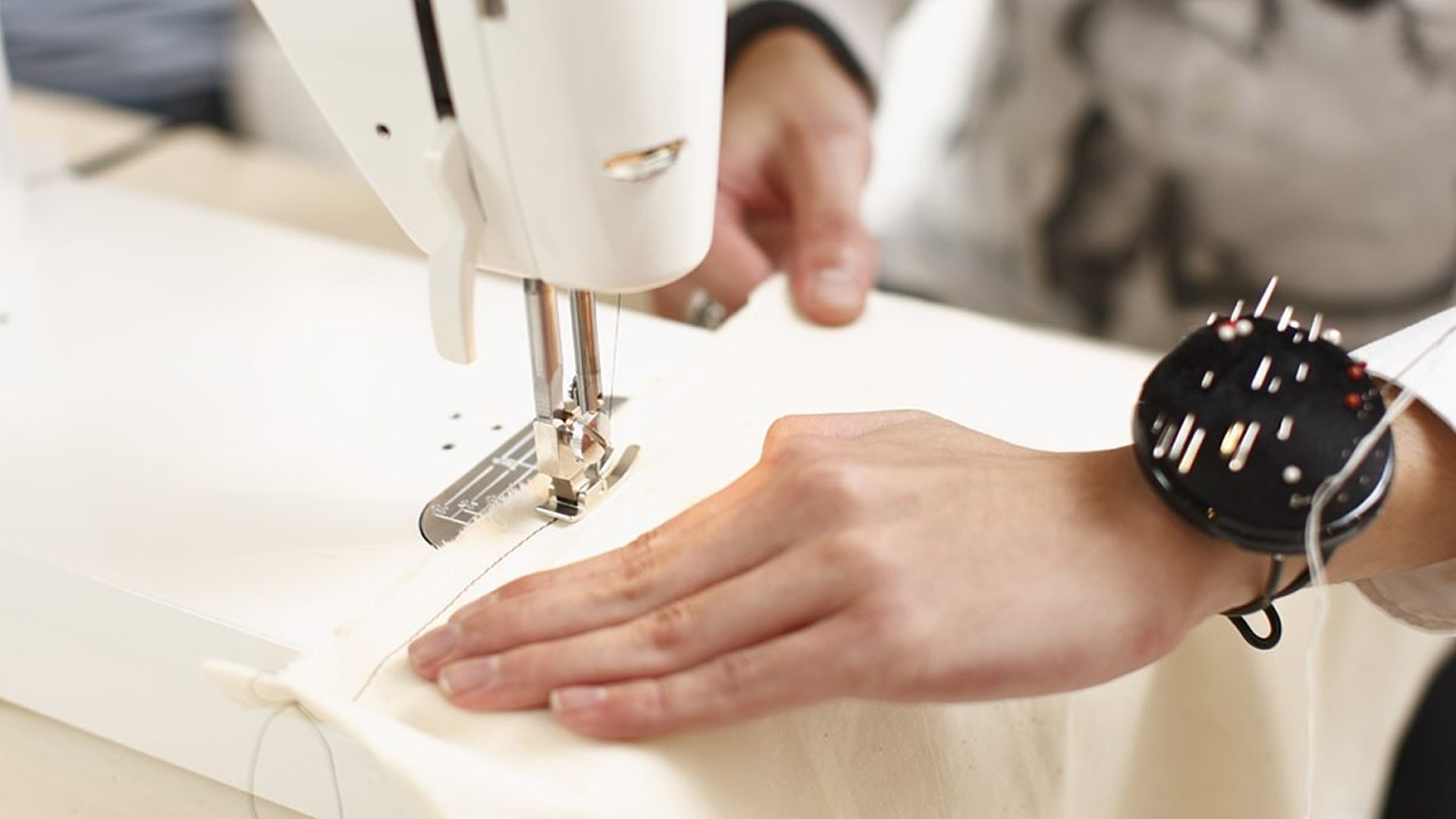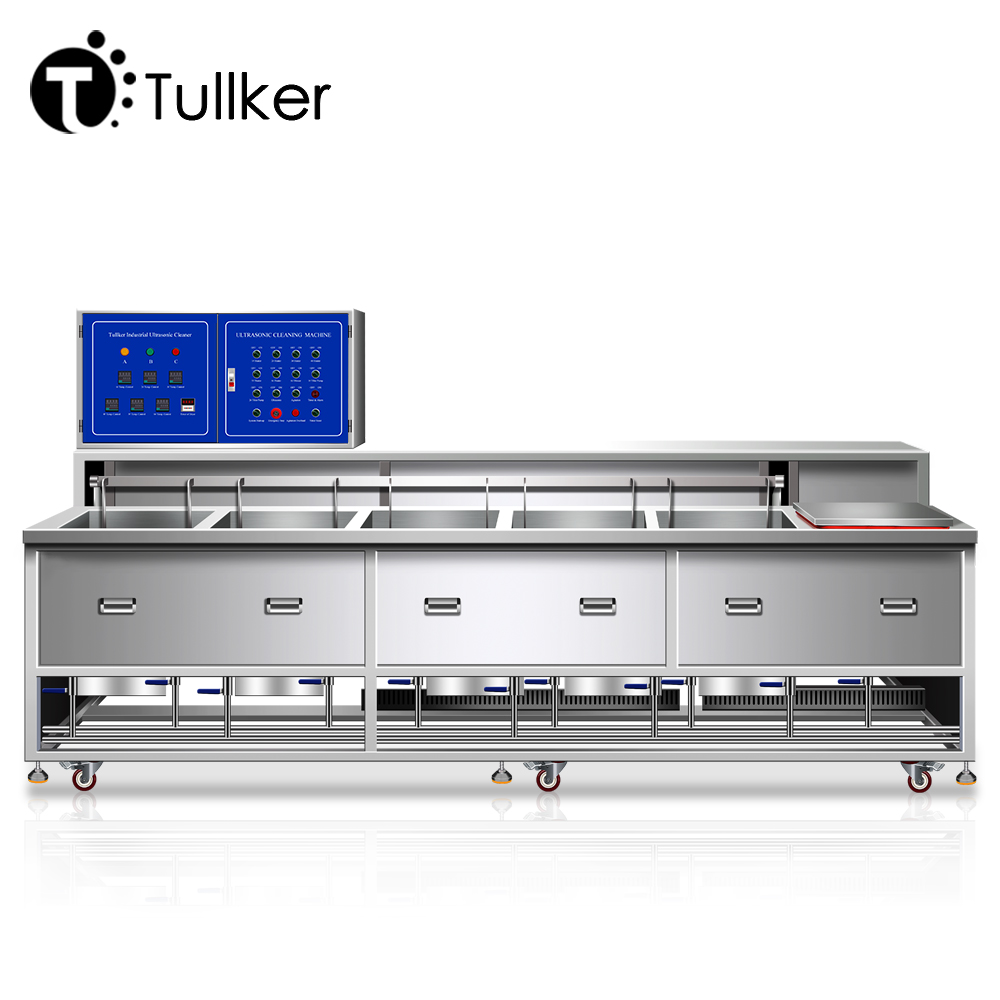
Ultrasonic cleaning machines utilize ultrasonic waves for cleaning and are widely used in many fields. In the textile industry, ultrasonic cleaning machines can enhance the softness and texture of products, thereby improving product quality and market demand.
First, ultrasonic cleaning machines utilize the vibrations and impact force of ultrasonic microjets to clean textile surfaces, effectively removing impurities, dirt, and grease from the textile surface, leaving it smoother and more delicate. Furthermore, ultrasonic vibrations promote fiber relaxation and expansion, enhancing the softness and comfort of textiles.
Second, ultrasonic cleaning machines can achieve different treatment effects on textiles by adjusting parameters such as the temperature of the cleaning solution and the cleaning time. For example, appropriately heating the cleaning solution can enhance fiber softness, thereby improving the texture of the textile; appropriately extending the cleaning time can increase friction between fibers, making the textile softer and more comfortable. Furthermore, ultrasonic cleaning machines can be used in conjunction with other textile processing equipment, such as softener treatment equipment and heat setting equipment, to achieve even more treatment effects. For example, using an ultrasonic cleaning machine in a softener treatment equipment can better penetrate the softener into the fibers, improving the softness and comfort of the textile.
In summary, the use of ultrasonic cleaners in the textile industry can improve the softness and texture of products, enhancing product quality and market demand. However, it's important to note that ultrasonic cleaners also incur certain energy and time costs when processing textiles, necessitating their rational application and optimization in production practice. Furthermore, for high-end textiles such as silk and wool, careful selection of cleaning fluids and process parameters is necessary to avoid fiber damage.
In the future, with the continuous advancement of technology and evolving market conditions, the application of ultrasonic cleaners in the textile industry will become even more extensive and in-depth. For example, improvements in the structure and control methods of ultrasonic cleaners can achieve more efficient and energy-saving cleaning; research into new cleaning fluids and additives can lead to more environmentally friendly and healthy cleaning; and integration with other textile processing equipment can enable more automated and intelligent production lines. The application of these technologies will further improve textile quality and market demand, promoting the sustainable development of the textile industry.
In short, the use of ultrasonic cleaners in the textile industry offers advantages such as improving the softness and texture of products, enhancing product quality, and boosting market demand. In the future, with the continuous advancement of science and technology and the continuous changes in the market, the application of ultrasonic cleaning machines in the textile industry will become more extensive and in-depth, making greater contributions to the sustainable development of the textile industry.







